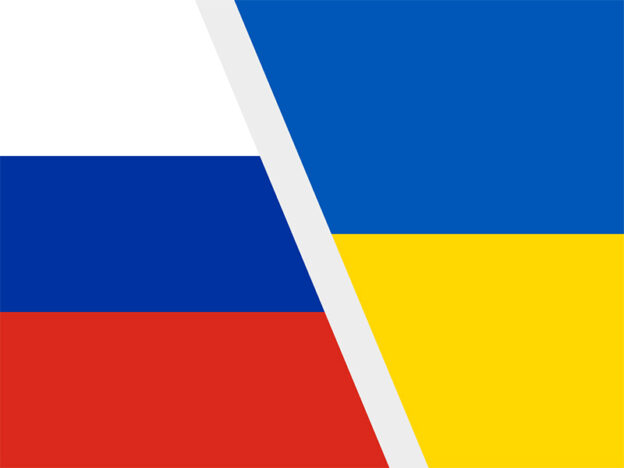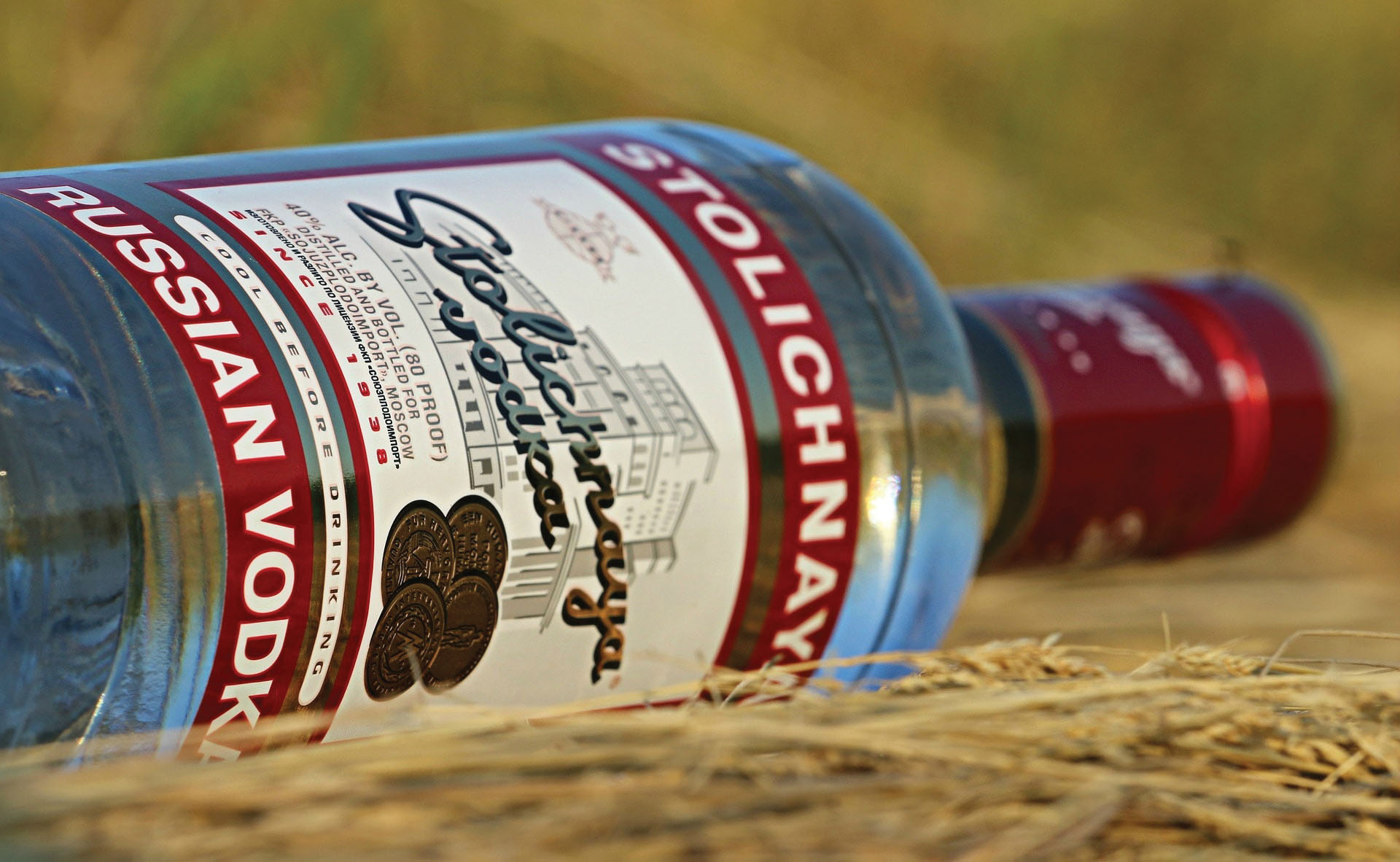Some beer prices are climbing as most parts of the process cost more – from aluminum cans to transportation.
The Ukraine accounts for about 20% of beer’s usage of barley. It’s one of the top five global producers of barley. So brewers, particularly at a global level, will be watching the supply and price of barley.
Molson Coors, which brews Milwaukee’s Miller Beer, and other major brewers have so far been able to absorb the higher costs.
For Craft Beers it’s really hard to absorb price increases in raw materials without passing that along to the customer.
According to a new RaboResearch report (Rabobank), malting barley prices in western Europe are currently 50% above levels seen a year ago. This is anticipated to have a major impact on maltsters, for whom barley inputs make up 65% of costs.
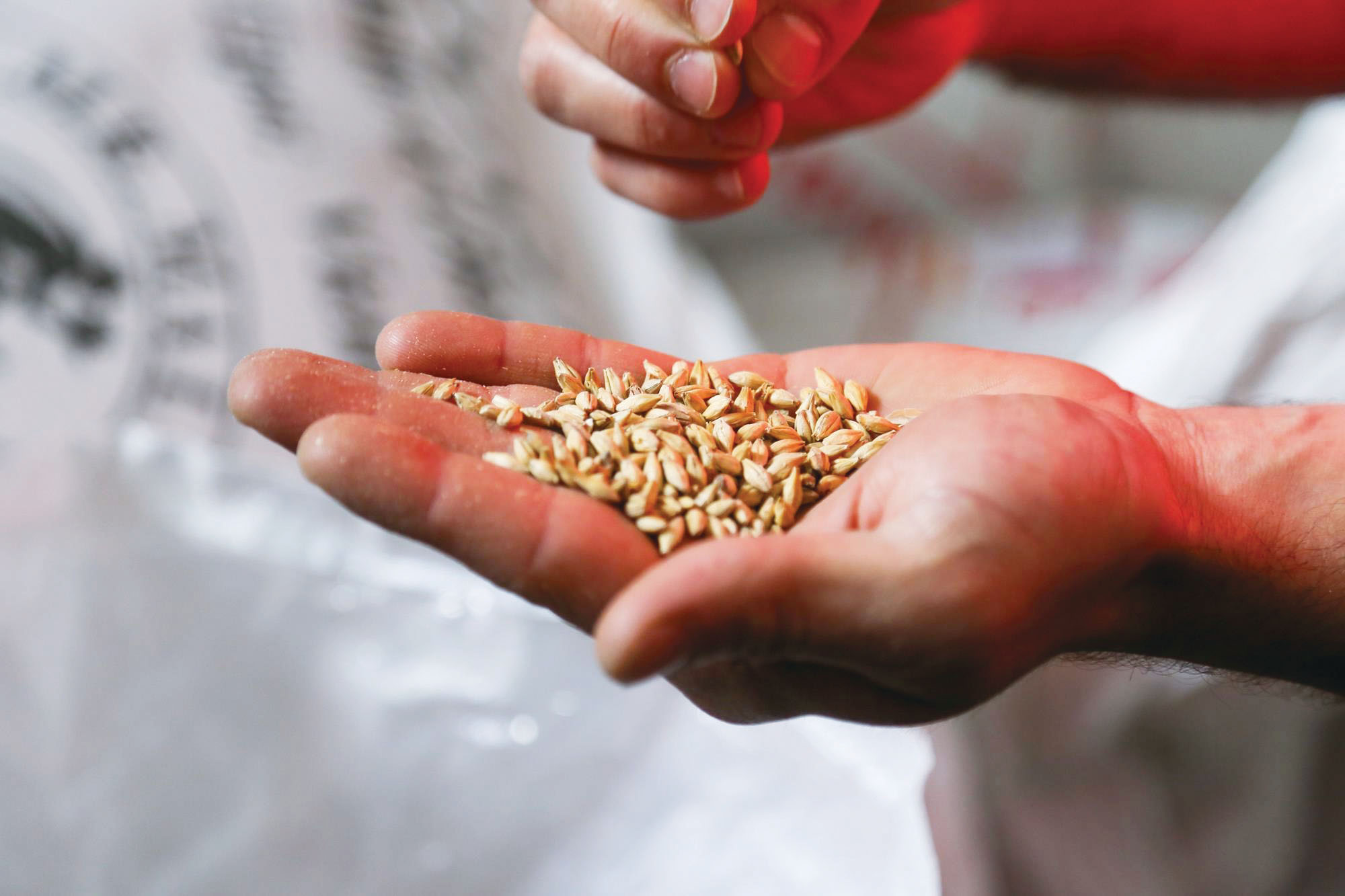
For brewers, the impact is less severe as barley accounts for only 5% of costs. But RaboResearch indicates there is a risk that protectionism could derail the entire value chain, such as in the case that western Europe were to stop exporting malting barley or other grains to countries outside the EU and brewers might not get the right quantity or quality of malt.
21 Mar 2022 – Russia’s invasion of Ukraine has triggered a prominent domino effect on the prices of agricultural commodities, with analysts forecasting critical impacts on both supply and demand of food products. While energy prices are rising as a result of international sanctions on Russia, costs for grains, packaging and logistics are anticipated to surge on.
RaboResearch indicates there is a risk that protectionism could derail the entire value chain, such as in the case that western Europe were to stop exporting malting barley outside the EU. Russia produces around 13% of global barley, while Ukraine accounts for 5% (2020/21 crop). Together, these countries account for 30% of global barley exports, a significant amount.
Although the Black Sea region is a major producer of barley, very few maltsters in the rest of the world depend on its crop, as the barley produced and exported from the region is mainly feed barley.
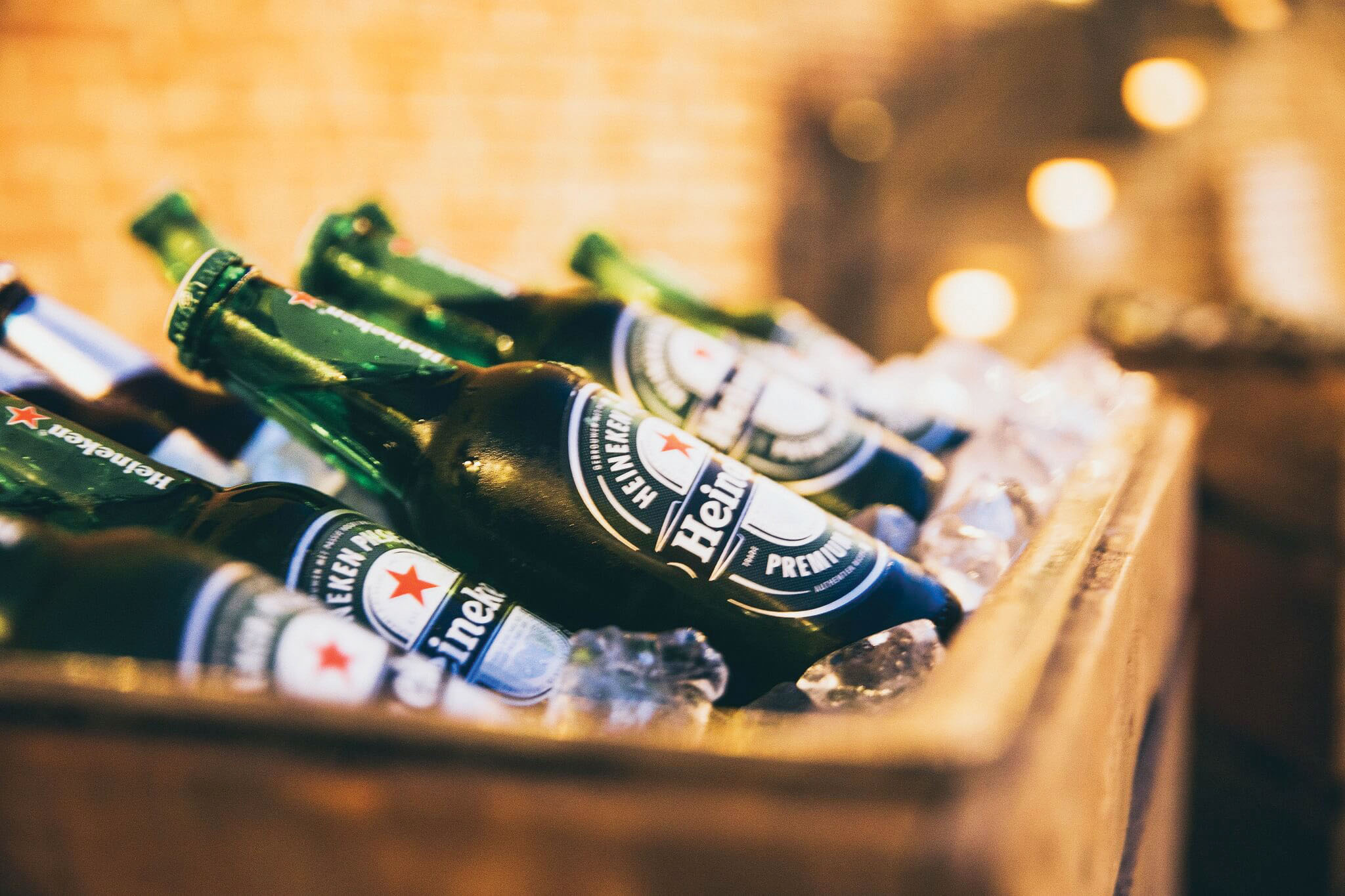
Although some maltsters in China might use Ukrainian barley, malt plants in the rest of the world are mostly sourcing from other regions. Ukraine and Russia are major barley export nations, accounting for 28% of global barley exports in 2020.
Most Black Sea region barley flows find their way to countries without a strong beer culture. In 2019/20, 64% of Russian barley was exported to the Middle East and 9% to North Africa.
Energy costs have also risen because of the conflict. While prices of oil and natural gas have almost doubled over the past 12 months, there are many points in the value chain where higher energy costs will impact the cost of beer.
Energy is used to turn barley into malt, but RaboResearch estimates that this accounts for just 1% of the cost price of beer. The energy used in the brewing process represents 3% of overall costs. Malting barley prices in western Europe are currently 50% above levels seen a year ago.
But the largest impact is seen in the cost of packaging materials (~25%), which have a major energy component. RaboResearch estimates that the total cost price of beer has risen by 15% as a result of rising energy costs.
“The discussion about the possibility of beverage companies introducing returnable packaging has resurfaced in recent years as part of broader discussions about sustainability. We wonder if, in light of rising fuel prices, the idea might be starting to gain momentum,” states RaboResearch.
Although sea freight is much more energy efficient than road transport, some brewers might be tempted to follow AB InBev’s example to brew Stella Artois near its US consumers. While localising production can save on fuel costs, the diseconomies of scale of a smaller location could offset these benefits.
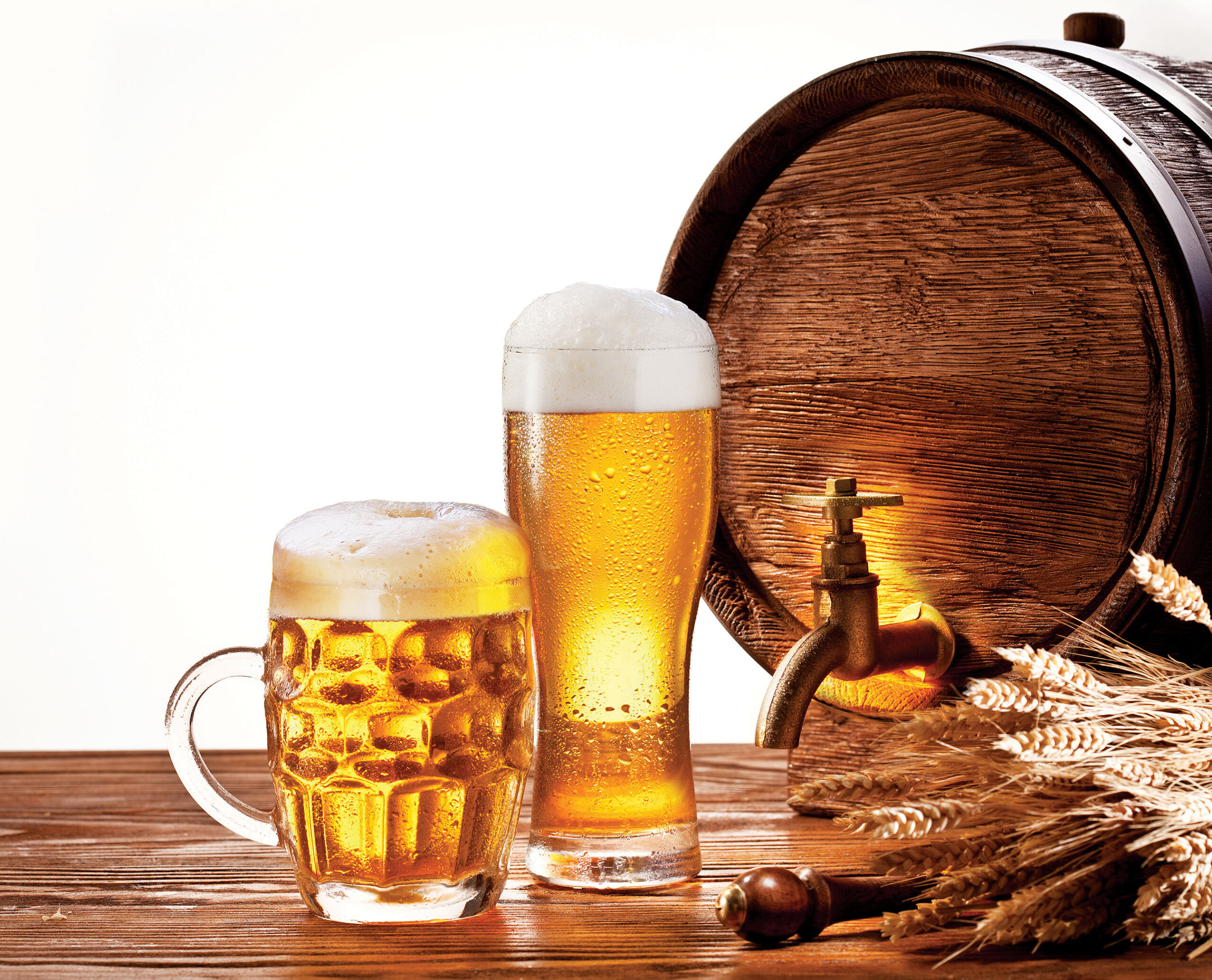
Although many brewers have focussed on international brands and the premium end of their product offering in recent years, a broad portfolio of products and channels is desirable to offset current risks, concludes RaboResearch.
Russia, the world’s fifth largest country in terms of overall beer drinking, was one of the few major markets around the world where beer consumption actually rose during the pandemic-hit year of 2020. It also grew by a further 3.3% during 2021.
That is why the decisions from Carlsberg and Heineken to pull out completely from Russia will have been difficult.
For Carlsberg, in particular, this is a big deal. The Danish group owns Baltika, Russia’s biggest brewer, which has a market share of just shy of 30%. Carlsberg, which last year made 10% of its total sales and 6% of its operating profits in Russia, had already said that it will stop selling its flagship brand there and will not make any new investments in the country.

